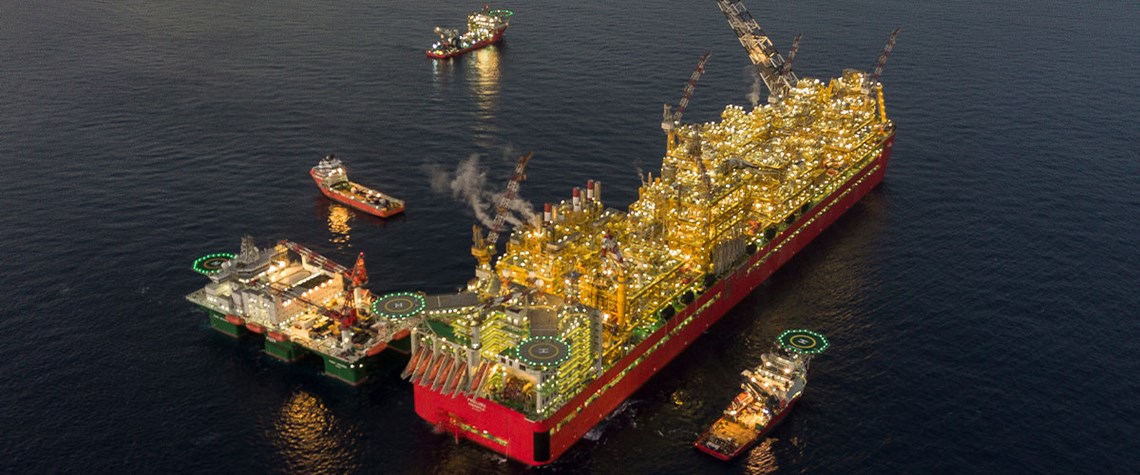Pacific LNG producers prepare for crunch
There may be little spare capacity in the region
This coming northern hemisphere winter will be critical for the already tight global LNG market. High prices and widespread political pressure mean many LNG production facilities are likely to try to raise output, even above nameplate capacity levels. But in the Asia-Pacific region—which includes both the world’s top three LNG importers and major producer nations—there might be little or no room for increasing output, and there is even the risk domestic needs might eat into export volumes. Australia’s nameplate liquefaction capacity totals 88.6mn t/yr, and output in the 12 months ending 30 June this year reached 82.6mn t, giving it a utilisation rate of 93pc, data from Australian consultancy

Also in this section
25 July 2025
Mozambique’s insurgency continues, but the security situation near the LNG site has significantly improved, with TotalEnergies aiming to lift its force majeure within months
25 July 2025
There is a bifurcation in the global oil market as China’s stockpiling contrasts with reduced inventories elsewhere
24 July 2025
The reaction to proposed sanctions on Russian oil buyers has been muted, suggesting trader fatigue with Trump’s frequent bold and erratic threats
24 July 2025
Trump energy policies and changing consumer trends to upend oil supply and demand








